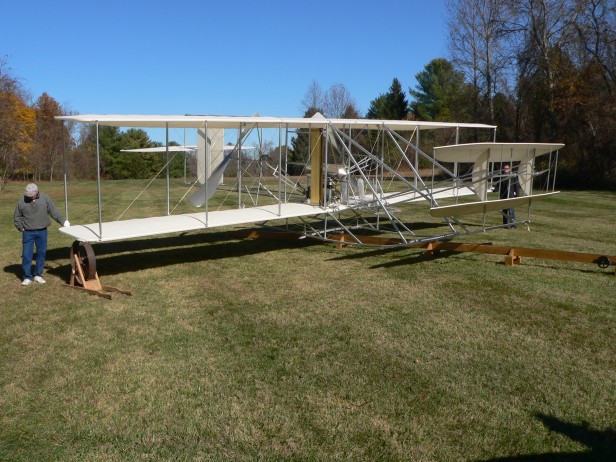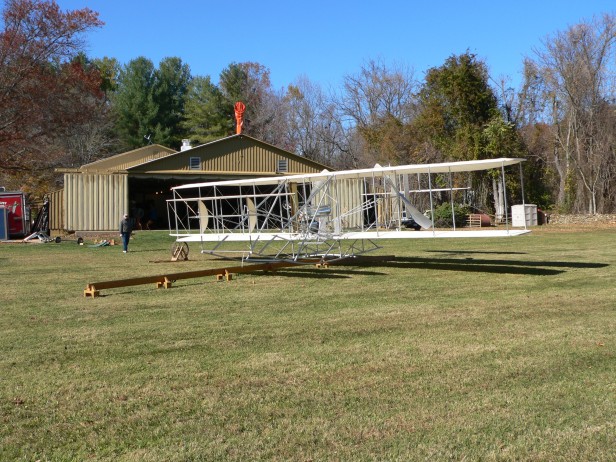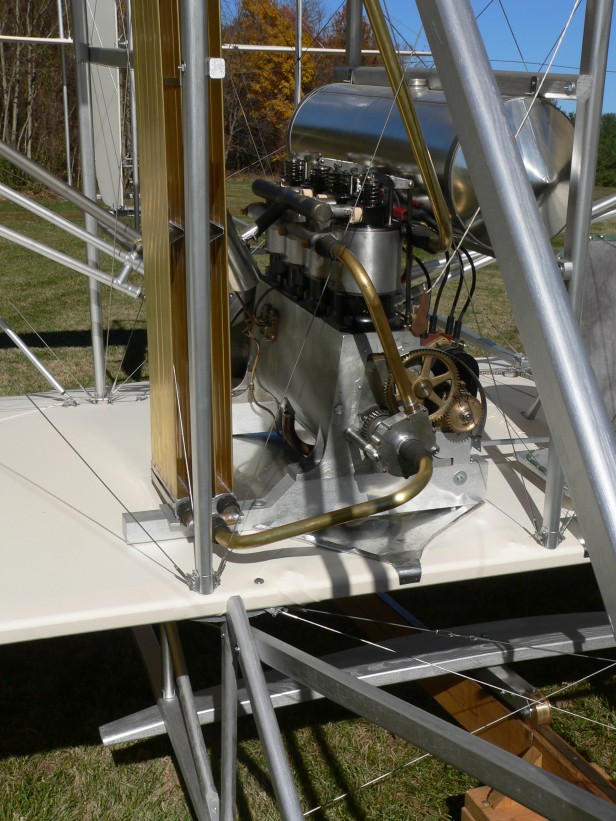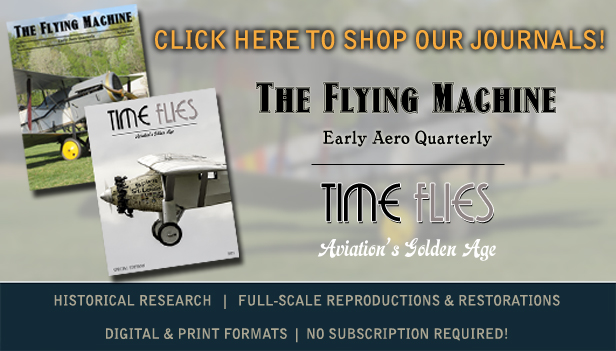The Wright Experience in Warrenton, Virginia is home to an outstanding collection of Wright Flyer reproductions created over 25 years of meticulous study into Wilbur and Orville Wright’s engineering and fabrication practices.
Thanks to the generosity of Wright Experience team member E. Scott Rawlings, we are sharing a collection of images detailing many of these machines, which are currently available for sale or lease.
Part 1 of this series examined the team’s 1902 Wright Glider, while part 2, part 3 and part 4 featured their outstanding replica of the 1909 Military Flyer. This week we examine the team’s reproduction of the 1910 “transitional” Flyer that employed a forward canard and aft elevator.
Above: After Wilbur Wright’s remarkable flights at New York’s Hudson-Fulton celebration in the fall of 1909, during which he circled the Statue of Liberty before an estimated 1 million spectators, the Wrights moved the modified airframe of their Model A to Montgomery, Alabama to train flyers for the Wright exhibition team (this site later became Maxwell AFB). The Montgomery machine was launched off a rail with a launch derrick and counterweight in the same manner as the 1909 Military Flyer.
Above: The aircraft was covered in muslin and all wood and metal parts were painted aluminum. During the Hudson-Fulton event a cylinder blew off the engine and through the upper wing fabric. The subsequent repair is evident in the Montgomery machine.
Above: The empennage configuration sees the elevator behind the double rudder and the box boom supporting the empennage. This feature is the easiest way to differentiate the 1910 Transitional Flyer from the Model A.
Above: The aircraft was powered by the Wright vertical four engine. The radiator is brass and the tank is terneplate.






